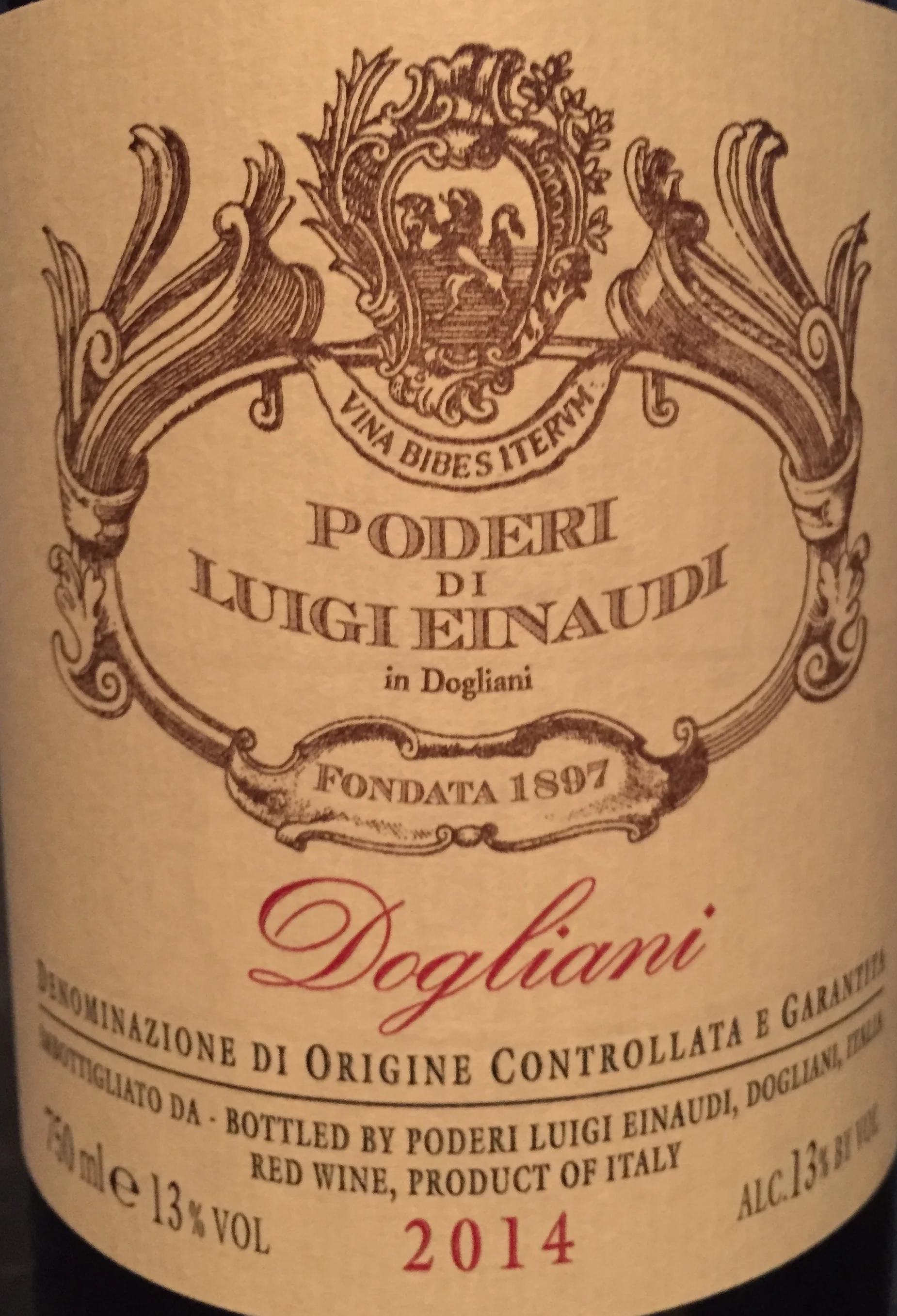Gaia Gaja on Barbaresco
/Gaia Gaja may be the world’s greatest ambassador for Barbaresco, Italy, the Piedmontese region renowned for its elegant wines made from one hundred percent nebbiolo grapes. Born and raised in the region, she is the fifth generation of her family to work at Gaja, the family’s celebrated estate. Tasting Barbaresco with her opened our eyes to what makes the wines so beguiling.
“For people who love Barbaresco, a lot of the enjoyment comes from forming a relationship with the wine while it is still in the glass. Nebbiolo (from Barbaresco) possesses ethereal perfumes. You can swirl the wine it and make it talk,” Gaia explains.
“When it is young, you can smell aromas of citrus zest -- oranges, tangerines, and bergamot. You can also detect aromas of plant roots. You will find hints of rhubarb, quinine and bitter herbs.”
Gaia emphasizes the special quality of the wine’s texture. “On the palate, Barbaresco is discreet in taste and bigger in texture,” she says. “There is this dryness that sweeps across your tongue and cleans everything up. It is best to pair Barbaresco with fatty foods. Most of the time we serve it with meat, but my favorite dinner when I go home and don't want to cook is Barbaresco and a cheese platter. In Japan, I like Barbaresco with sushi. The wine is delicate and does not overpower the fish, especially toro (fatty tuna belly), which is almost like raw meat.”




















